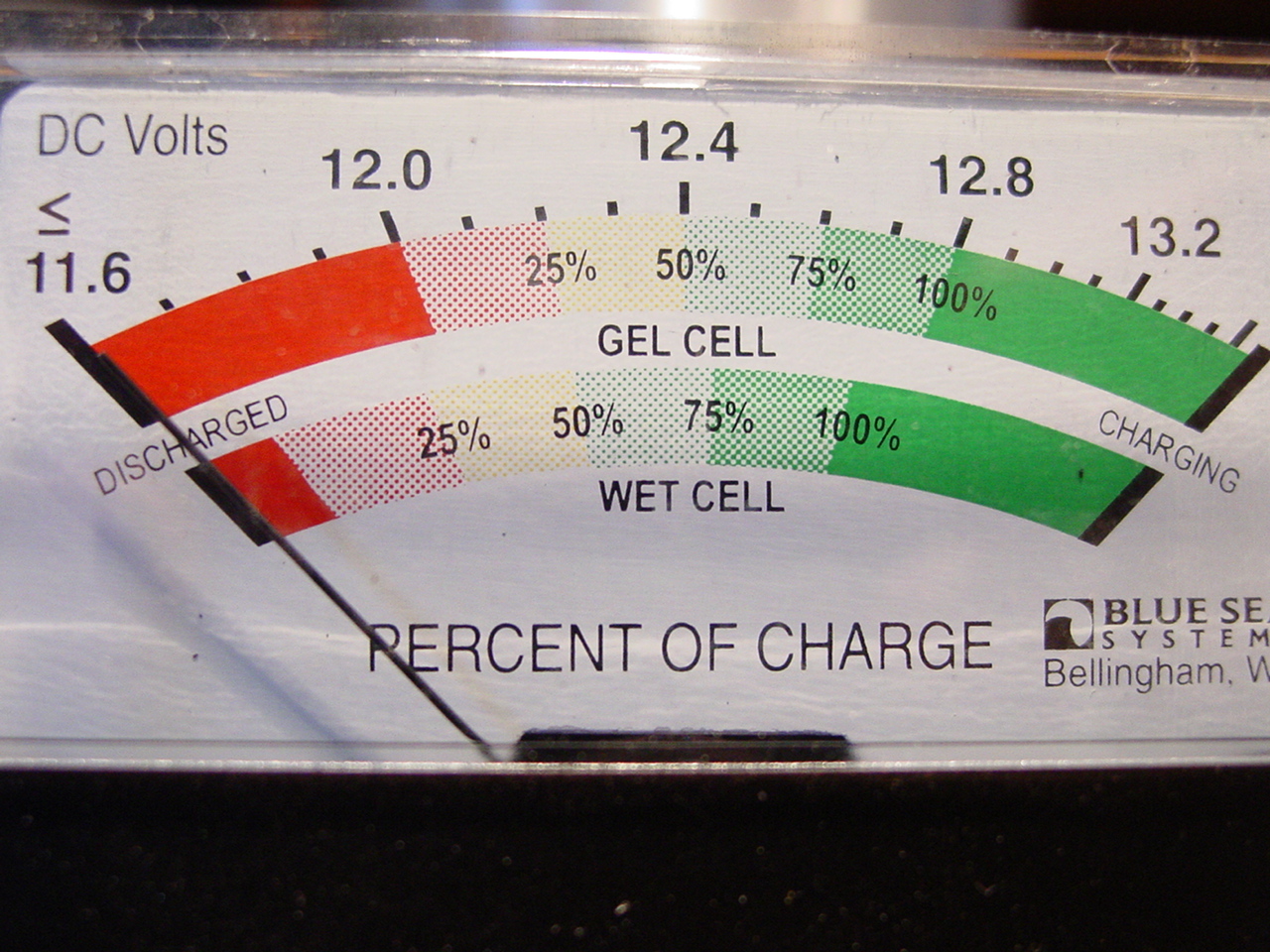PMF1984
Guru
Well I got all my battery charge sources on the buss bar for my house bank, solar, alternator, charger. The West Marine ACR (unknown age, but the documentation has a copywriter date of 1996) should be transferring the charge to my start battery.
Well the start battery was getting weaker and so I had to flip my selector switch to “both” overnight while tied up hooked to 110v.
Any way to test this unit for sorta dead vs. sincerely dead?
This is the 70 amp models. What is a good replacement? ( please no overkill suggestions)
John
Well the start battery was getting weaker and so I had to flip my selector switch to “both” overnight while tied up hooked to 110v.
Any way to test this unit for sorta dead vs. sincerely dead?
This is the 70 amp models. What is a good replacement? ( please no overkill suggestions)
John

